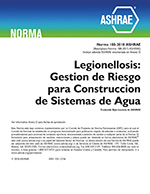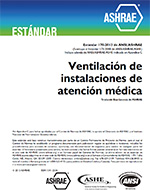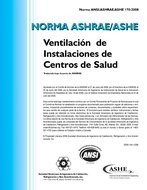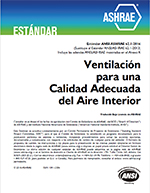Description
The phaseout of hydrochlorofluorocarbon (HCFC)refrigerants in developing countries is currently underwayaccording to the Montreal Protocol. R-22 is one of the mostcommonly used HCFCs in the developing nations. It isextremely well suited for air conditioning and refrigerationin high ambient temperature environments. Non-Article 5countries have already gone through the phaseout of HCFCsand settled on using R-410A as the refrigerant of choice forair-conditioning applications. Previous studies have shownthat R-410A results in significant capacity and performancedegradation at higher ambient temperature conditions. Thereis a growing concern about finding alternative refrigerantsto R-22 that would have zero ozone depletion potential(ODP), lower global warming potential (GWP), and, at thesame time, maintain acceptable performance at higher ambienttemperatures. Furthermore, the developed world’s transitionthrough higher-GWP refrigerants such ashydrofluorocarbons (HFCs) and HFC blends resulted insignificant direct CO2 equivalent emissions. It is imperativeto develop a bridge for developing nations to avoid the transitionfrom HCFC to HFC and then from HFC to alternativelower-GWP refrigerants. This paper summarizes data froman experimental campaign on alternative refrigerant evaluationfor R-22 and R-410A substitutes for mini-split airconditioners designed for high ambient temperature environments.The experimental evaluation was performed accordingto ANSI/ASHRAE Standard 37 (2009), and theperformance was rated at test conditions specified by ANSI/AHRI 210-240 (2008) and ISO 5151 (2010). Additional testswere conducted at outdoor ambient temperatures of 52°C and55°C (125.6°F and 131°F) to evaluate the refrigerants’performance at high ambient conditions. Alternative refrigerants,some of which are proprietary, included R-444B, DR-3, N-20b, ARM-20b, R-290, and DR-93 as alternatives to R-22. R-32, DR-55, L41-2, ARM-71A, and HPR-2A were evaluatedas alternatives to R-410A. The units’ performanceswere first verified using the baseline refrigerant, and then adrop-in refrigerant evaluation followed, including soft optimizationto ensure refrigerant performance was adequatelyrepresented. The soft optimization included (1) charge optimization,(2) lubricant change, and (3) flow control. Thispaper presents the relative performances (efficiency andcapacity) of the alternative refrigerants compared with thebaseline refrigerants at the different operating conditions.This paper concludes with remarks about the suitability ofalternative refrigerants for R-22 and R-410A applications inhigh ambient temperature regions.
Citation: 2017 Winter Conference, Las Vegas, NV, Transactions, Vol 123, Pt 1
Product Details
- Published:
- 2017
- Number of Pages:
- 15
- Units of Measure:
- Dual
- File Size:
- 1 file , 4.9 MB
- Product Code(s):
- D-LV-17-014




